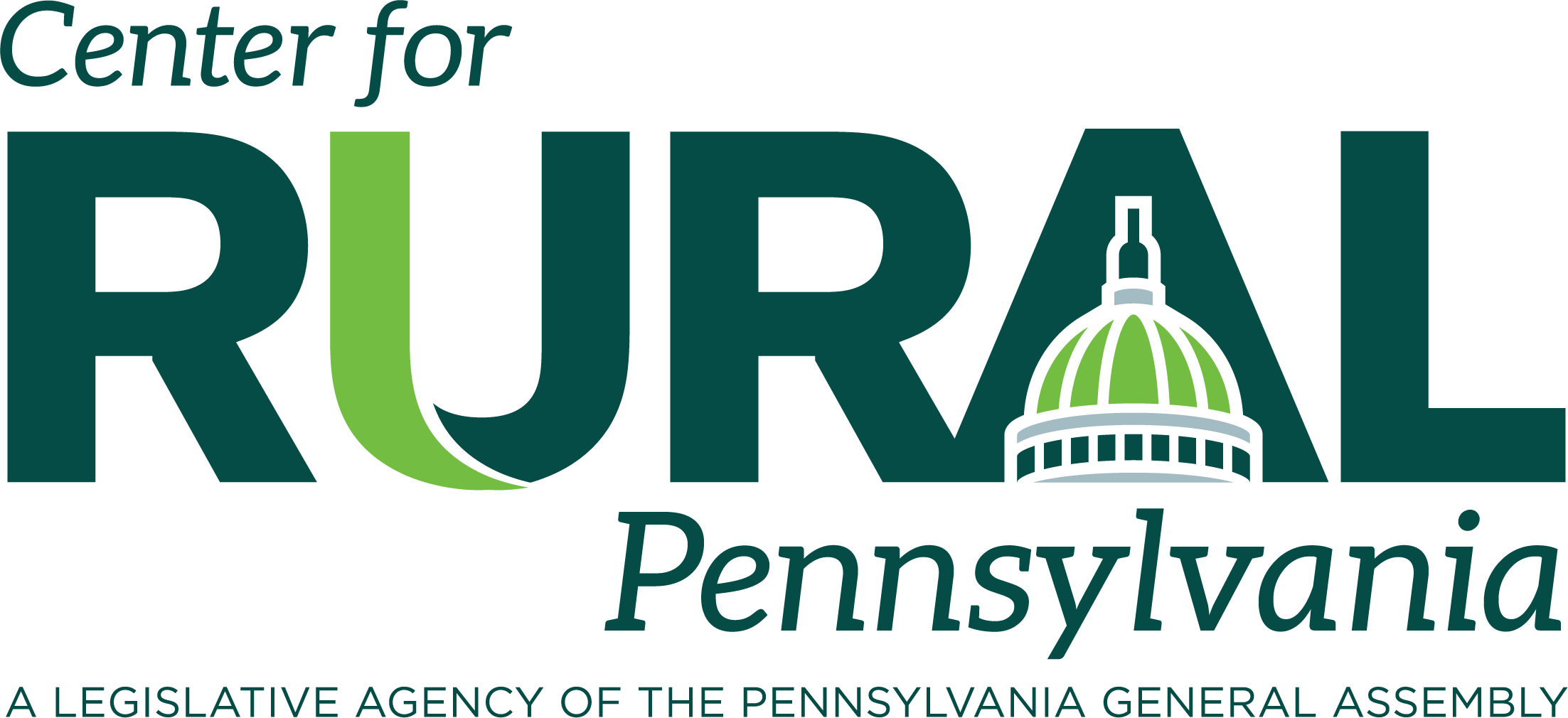- CMS: Medicare Program; Implementation of Prior Authorization for Select Services for the Wasteful and Inappropriate Services Reduction (WISeR) Model
- Public Inspection: CMS: Medicare Program: Implementation of Prior Authorization for Select Services for the Wasteful and Inappropriate Services Reduction Model
- CMS: Secretarial Comments on the CBE's (Battelle Memorial Institute) 2024 Activities: Report to Congress and the Secretary of the Department of Health and Human Services
- HHS: Patient Protection and Affordable Care Act: Marketplace Integrity and Affordability
- HRSA Announces Action to Lower Out-of-Pocket Costs for Life-Saving Medications at Health Centers Nationwide
- Public Inspection: HHS: Patient Protection and Affordable Care Act: Marketplace Integrity and Affordability
- Increased Risk of Cyber Threats Against Healthcare and Public Health Sector
- Eight Hospitals Selected for First Cohort of Rural Hospital Stabilization Program
- Announcing the 2030 Census Disclosure Avoidance Research Program
- CMS: Medicare Program; Hospital Inpatient Prospective Payment Systems for Acute Care Hospitals and the Long-Term Care Hospital Prospective Payment System and Policy Changes and Fiscal Year 2026 Rates; Requirements for Quality Programs; and Other Policy Changes; Correction
- CMS: Medicare Program; Hospital Inpatient Prospective Payment Systems for Acute Care Hospitals and the Long-Term Care Hospital Prospective Payment System and Policy Changes and Fiscal Year 2026 Rates; Requirements for Quality Programs; and Other Policy Changes; Correction
- CMS: Medicare and Medicaid Programs; Contract Year 2026 Policy and Technical Changes to the Medicare Advantage Program, Medicare Prescription Drug Benefit Program, Medicare Cost Plan Program, and Programs of All-Inclusive Care for the Elderly; Correction
- CMS: Medicare and Medicaid Programs; Contract Year 2026 Policy and Technical Changes to the Medicare Advantage Program, Medicare Prescription Drug Benefit Program, Medicare Cost Plan Program, and Programs of All-Inclusive Care for the Elderly; Correction
- CMS: Medicare Program; Prospective Payment System and Consolidated Billing for Skilled Nursing Facilities; Updates to the Quality Reporting Program for Federal Fiscal Year 2026
- CMS: Medicare Program; FY 2026 Hospice Wage Index and Payment Rate Update and Hospice Quality Reporting Program Requirements
Center for Rural Pennsylvania Publishes Reports on Rural Maternal Health, SUD, and Population Estimates

The Center’s latest fact sheet, Access to Maternity Care in Pennsylvania: Labor and Delivery Services, provides an overview of current access to maternity care, specifically labor and delivery services, in rural Pennsylvania. The closure or consolidation of labor and delivery services has increased travel distances for expectant mothers, effectively creating barriers to maternity care in many rural communities. Timely access to labor and delivery services is a critical factor in supporting maternal and infant health outcomes.
In 2024, rural Pennsylvania saw a welcome decrease in the number of drug overdoses and related deaths. According to 2023 and 2024 data from the Pennsylvania State Police Overdose Information Network (ODIN), the number of reported rural overdoses decreased 40 percent, and the number of deaths decreased 52 percent. Urban areas had a similar decrease. While the drug crisis remains a serious issue, any reduction in overdoses is a positive step forward. Read the Center’s fact sheet, Reported Rural Drug Overdoses Decline 40 Percent in One Year, to learn more.
In March 2025, the U.S. Census Bureau released its 2024 population estimates for counties, metropolitan and micropolitan statistical areas, and Puerto Rican municipalities. The U.S. Census Bureau releases these estimates on an annual basis, and the 2024 estimates serve as an update to the previous estimates for 2020 through 2023. Check out the Center’s fact sheet, Rural Pennsylvania Shows Slight Population Decline but Attracts Out-of-State Residents, analyzing the U.S. Census Bureau’s updated county and municipal population estimates.
New Study Examines Critical Access Hospital-based Ambulance Services in Rural Areas

The Flex Monitoring Team (FMT) is excited to announce a new product, Characteristics and Trends of CAHs That Own or Operate Ambulance Services. This study addresses the extent to which CAHs do so, identifying trends in the number of CAH-based ambulance services and comparing the characteristics (location, ownership, financial) of CAHs that own or operate ambulance services to CAHs that do not.
Data collected through qualitative interviews with eight CAH-based ambulance services highlights the challenges of operating these services, workforce recruitment and retention issues, the role of partnerships and community involvement, and lessons learned. The results of this study provide useful information to State Flex Programs seeking to improve the performance of CAH-based ambulance services in their states and/or explore the use of the model to expand access to ambulance services in rural communities.
Report Published on Access to EMS and Ambulance Deserts
The National Highway Traffic and Safety Administration (NHTSA) is a federal agency, part of the U.S. Department of Transportation, with a mission to save lives on American roads. NHTSA provides national leadership to emergency medical services (EMS) and 911 systems through its Office of EMS. Check out EMS.gov for resources, events, and training that celebrate EMS. A 2023 report from the Maine Rural Health Research Center analyzed 41 states and found that 4.5 million people lived in an ambulance desert; more than half of them in rural counties.
Updates Announced to Medicare Claims Processing Manual for RHCs and FQHCs Chapter 9.

The Centers for Medicare & Medicaid Services (CMS) recently released updates to the Medicare Claims Processing Manual Chapter 9 for Rural Health Clinics (RHCs) and Federally Qualified Health Centers (FQHCs). The updates reflect changes to billing and claims processing, including updates from the CY 2025 Physician Fee Schedule.
New Study Examines Rural Access to Certified Community Behavioral Health Clinics
This study from the Rural and Underserved Health Research Center compares access to, and services offered by, Certified Community Behavioral Health Clinics (CCBHCs) in rural and urban communities. The increasing numbers of CCBHCs in rural communities combined with their range of offered services holds promise towards increasing the availability of care for rural communities within an integrated model.
Access the full report here: Rural Access to Certified Community Behavioral Health Clinics.
Submit Pre-Orders for the CMS 2026 Medicare & You Handbook Now Through May 30

The Medicare & You 2026 Pre-Order is open from Monday, May 12 and will run through Friday, May 30.
You can access the pre-order by going to httsp://productordering.cms.hhs.gov, logging into your POW account, and then clicking on the blue Pre-Order button at the top left of the page.
Please note that, due to budgetary constraints, pre-order quantities will be limited to 40 copies of the handbook for home health care organizations, hospice organizations, and local human services offices, and 100 copies for all other organizations. There are no exceptions to these quantity limits. Unlike past years, WE WILL NOT BE ACCEPTING ANY LATE PRE-ORDERS . If you will be out of the office during the pre-order, please make arrangements for someone else to place a pre-order for you.
Please note that all pre-ordered handbooks will not ship to you until the fall of 2025.
The Medicare and You Handbook is the official guide to Medicare and is updated and published each year in time for Medicare Open Enrollment. In order to ensure you have a sufficient supply for your needs you can pre-order now. Please see below for details.
The Handbook provides information on:
- Medicare benefits, costs, rights, and protections.
- Health and drug plans.
- Answers to common questions.
If you have not ordered publications from CMS before, here’s how to set up access: https://www.cms.gov/files/document/ordering-materials-cms-product-ordering-website-job-aidpdf
If you have any questions, please feel free to reach out to our POW Support team at POWSupport@cms.hhs.gov. Thank you for your attention.
Research Brief Highlights Population Estimates

The U.S. Census Bureau released estimates of the July 1, 2024 population at the municipal level. This release includes total population estimates for all 2,572 municipalities in Pennsylvania.
Key Findings from the Report:
- 1,057 municipalities increased from 2020 to 2024. Among those with populations over 2,500, Westfall township in Pike County (+34.0%) had the largest percentage increase.
- 1,446 municipalities decreased from 2020 to 2024. Among those with populations over 2,500, California borough in Washington County (-13.8%) had the largest percentage decrease.
For more information on county population change in Pennsylvania, read this month’s brief.
New Health Module Developed for School Districts
The American Academy of Pediatrics (AAP) developed a new health module to support school districts in better understanding health policies, programs, and services. The Health Services Assessment Tool for Schools (HATS) was designed to help school districts and states better assess the quality and comprehensiveness of school health services, the level of infrastructure to support the services, and the implementation of school health policies and protocols.
FDA to Pull Fluoride Supplements from Market
Earlier this week, the U.S. Food and Drug Administration (FDA) announced fluoride supplementals will be pulled from the market effective October 2025. This announcement specifically applies to “ingestible fluoride prescription drug products,” not toothpaste, mouth rinses, silver diamine fluoride, varnish, or other topical products.
ADA & Penn Dental Launch Living Guideline Program
The American Dental Association (ADA) and University of Pennsylvania School of Dental Medicine announced a new program that will provide evidence-informed guidelines in real time to support patient care and advance public health.
The ADA Living Guideline Program is the first and only known living guideline program dedicated to oral health. The traditional guideline process usually updates every 3-5 years, but the living guideline program will allow patients, providers, policymakers, and others to adopt the information as new evidence emerges.
